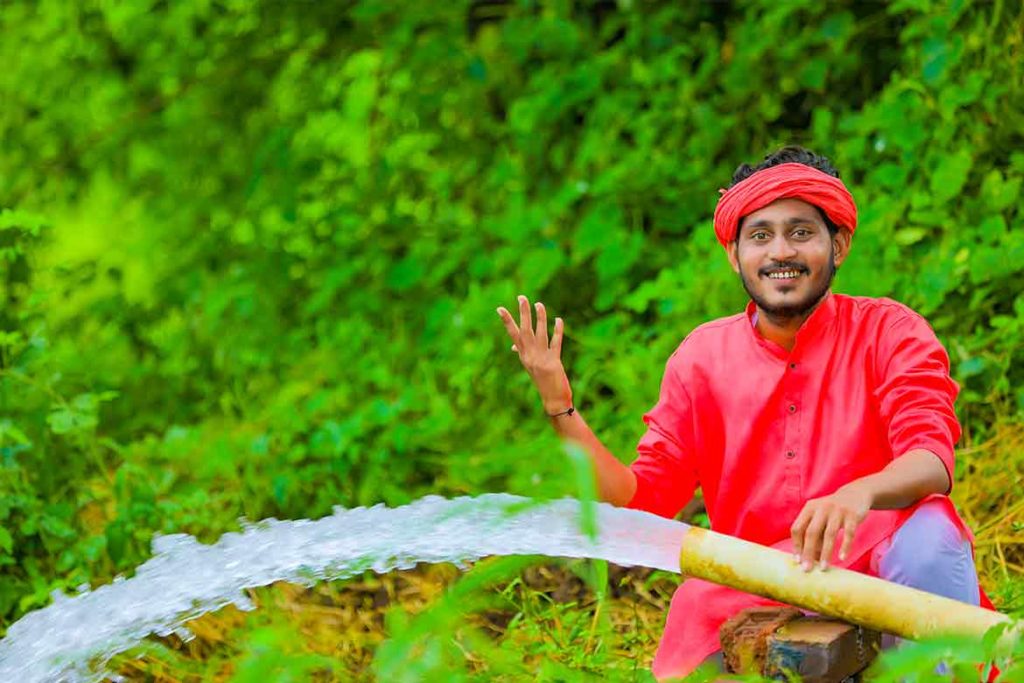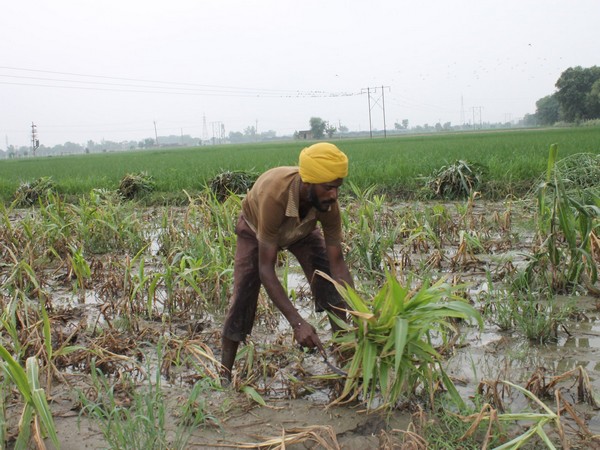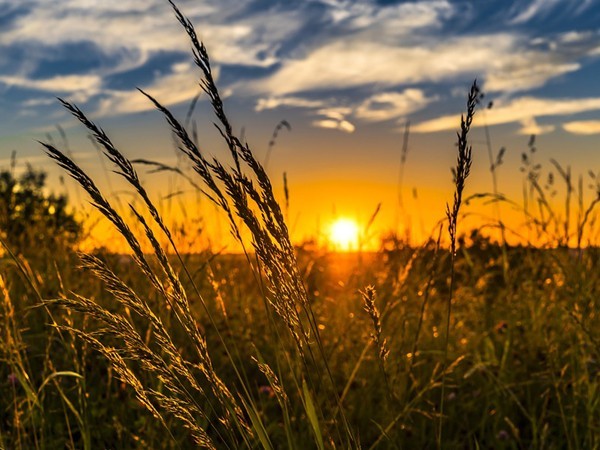The farmers’ protest going on did not shape suddenly. This is the aggregate of decades-old discontent. It would be wrong to think that only agricultural laws are at its roots. At its core are the seeds of the Green Revolution, which have enslaved farmers from agricultural techniques to banks. And above all, these poison seeds have disintegrated the sustenance on which society is nourished and on whose strength we cherish dreams of a secure future. One natural resource, which has been killed the most by our modern farming, is the precious groundwater.
Many studies have found that due to incessant exploitation of ground water, ground is sinking worldwide. Agriculture is at the forefront of excessive exploitation of ground water. It is the same agriculture that relies on high yield variety seeds for which the ground water is extracted from tube wells continuously to get maximum production.
Ground water is a precious natural resource. Although the Earth consist mainly water. On the surface of earth 70 percent is water, but out of this potable water is only 2.5 percent of the total amount of water, and this drinking water is used in irrigation of crops. The fact that baffles is that about 72 percent of this limited drinking water is consumed by our modern agriculture – the agriculture which is dependent on the inputs of the Green Revolution.

Also read: G20 Agriculture Ministers’ Meeting
Ground water scarcity is a huge national issue in itself. Many major cities of the country including the state and the capital Delhi are facing water crisis. The water crisis is so dire that food security may or may not be guaranteed in the near future, but the guarantee of water security is definitely not there at all. National food security arising from the Green Revolution is at the cost of water security.
According to NITI Aayog, the number of major cities with zero ground water status is increasing. All our food and drink is dependent on the products we get from agriculture and every product has to be paid for with water. Wheat and paddy are our two major crops, which cover the maximum area. It takes about 1,500 litres to produce one kg of wheat and 2,497 litres of water to produce one kg of rice. To produce 1 quintal of sugarcane it it requires 1.5 to 3 lakh litre of water.

The need of the hour is to draw a roadmap to replace gradually these water guzzling crops with coarse grains like Pearl millet, cluster bean, mung bean, moth bean, sesame, bajra, jowar and crops like Ramdana. Irrigation can be produced. There are many such traditional species of wheat and paddy, which can be grown on rainfed land and this is happening in many places. The high mountainous regions of Uttarakhand and Himachal Pradesh are examples of irrigated farming. Governments of many states are incentivising the cultivation of pulses and oilseeds, so that water can be conserved. However, in our agricultural policy, there is no concern about conservation of ground water reserves, minimum water crops, and seeds that can be produced even in drought. Farmer leaders also do not allow these issues to be thrown around.

Now the question arises that when about eight crore people in the country do not have easy access to drinking water, then how can the use of such water guzzling crops be justified? We have many lectures, discussions and policies are made on food security, but the issue like this is still lacking a stage. The final question we should ask ourselves that is a sustainable food security possible without water security?
